The current in conductor varies with time t as I=2t+3t2 where I is in ampere and t in seconds. Electric charge flowing through a section of the conductor during t=2sec to t=3sec isSolution in Gujrati
The correct Answer is:4g9,13mg18
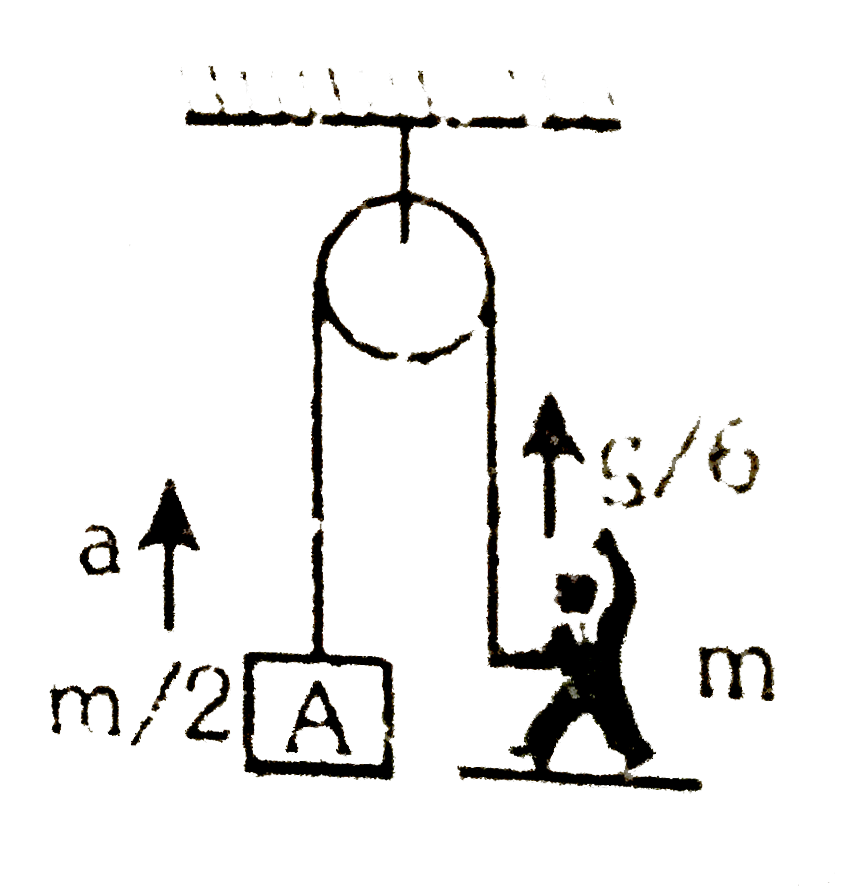
mg−T=m(a−g6) …(i)
⇒T−m2g=m2a …(ii)
For solving eq. (i) & (ii)
a=4g9 & T=1318mg
Topper's Solved these Questions
- CURRENT ELECTRICITYBOOK - ALLEN CHAPTER - CURRENT ELECTRICITYEXERCISE - EXERCISE-IV B
14 Videos
- CURRENT ELECTRICITYBOOK - ALLEN CHAPTER - CURRENT ELECTRICITYEXERCISE - EXERCISE-V A
20 Videos
- CURRENT ELECTRICITYBOOK - ALLEN CHAPTER - CURRENT ELECTRICITYEXERCISE - EXERCISE-III
26 Videos
- CIRCULAR MOTIONBOOK - ALLEN CHAPTER - CIRCULAR MOTIONEXERCISE - EXERCISE (J-A)
6 Videos
- GEOMETRICAL OPTICSBOOK - ALLEN CHAPTER - GEOMETRICAL OPTICSEXERCISE - subjective
14 Videos
Similar Questions
In the circuit shown below. The reading of the voltmeter V is
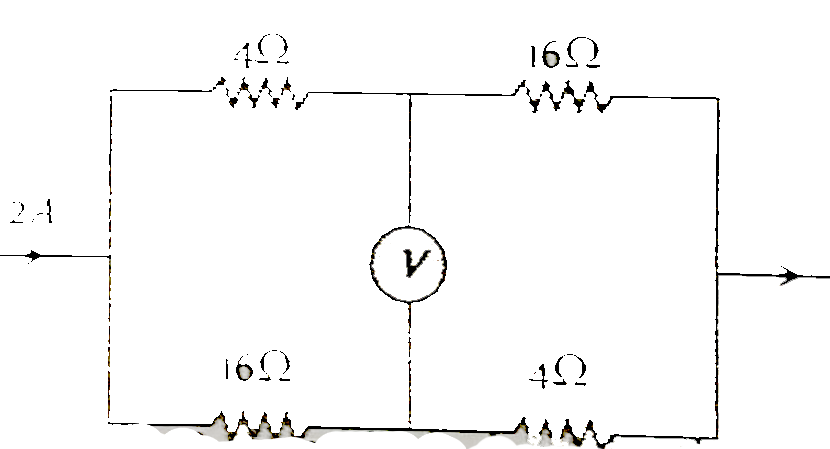
View SolutionTwo metallic s pheres of radii R1 and R2 are connected b y a thin wire. If +q1~and+q_(2) are the charges on the two s pheres then
View SolutionIf each resistance in the figure is of 9Ω then reading of ammeter is
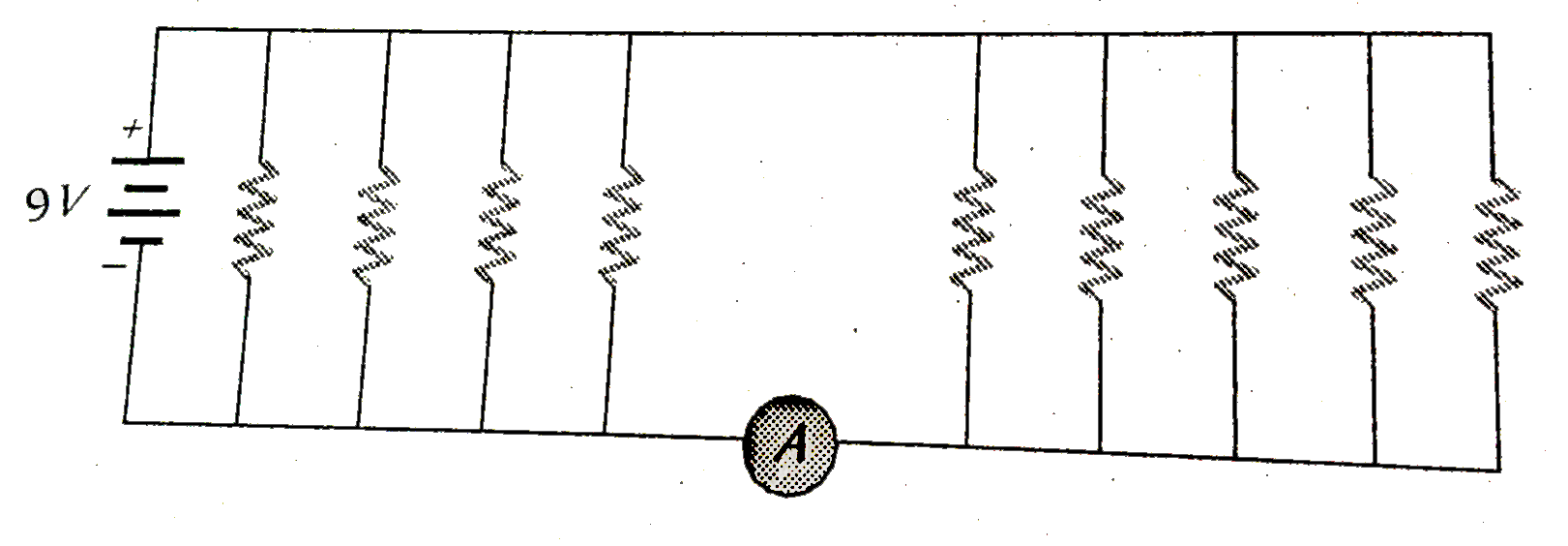
View SolutionA ball of mass (m)0.5kg is attached to the end of a string having length (L)0.5m. The ball is rotated on a horizontal circular path about vertical axis. The maximum tension that the string can bear is 324N. The maximum possible value of angular velocity of ball (radian/s) is -
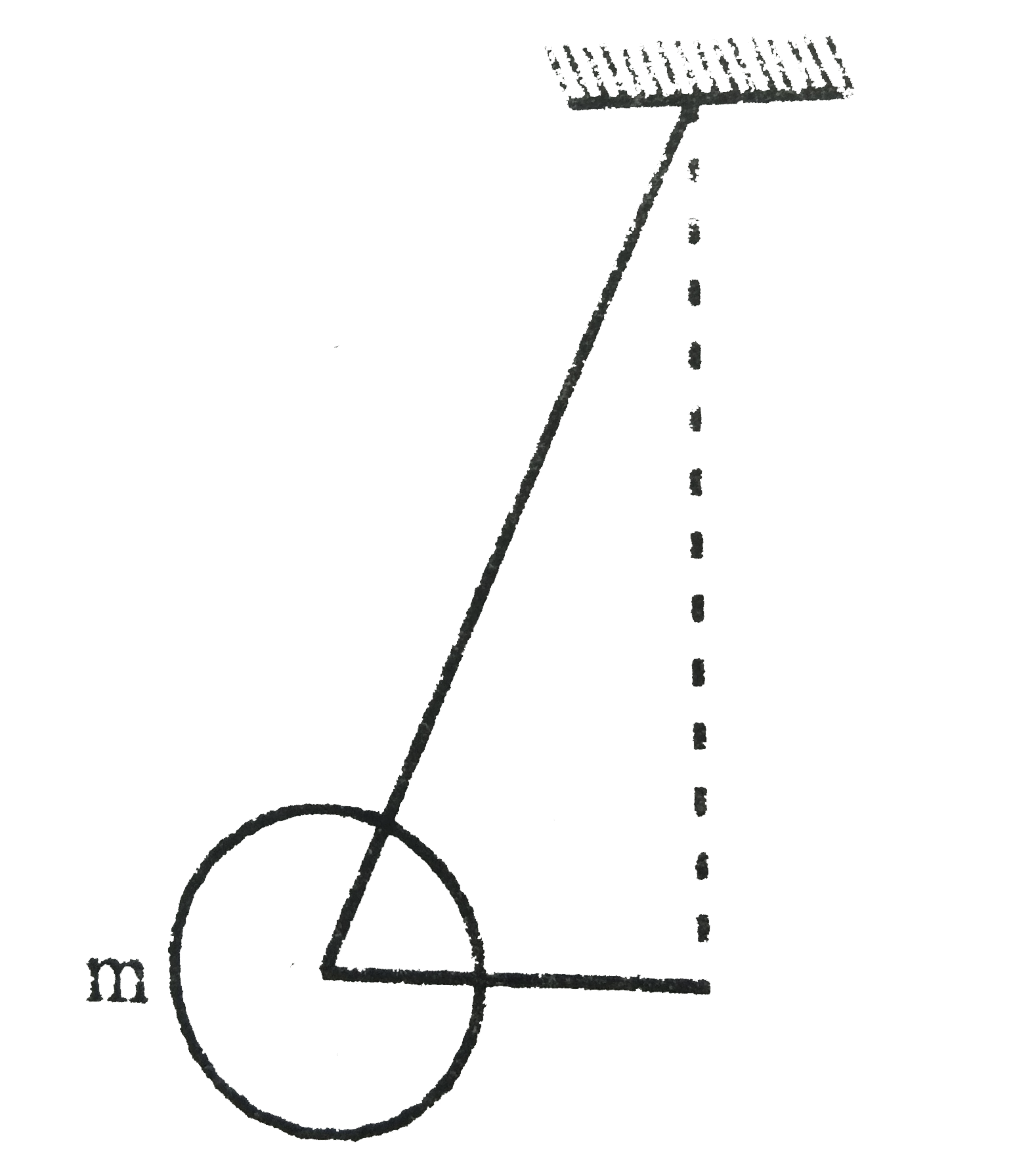 .
.
View SolutionA prism of refractive index n1 & another prism of reactive index n2 are stuck together without a gap as shown in the figure.The angle of the prisms are as shown. n1&n2depend onλ,the wavelength of light according to n1=1.20+10.8×104λ2&n2=1.45+1.80×104λ2 where λ is in nm.
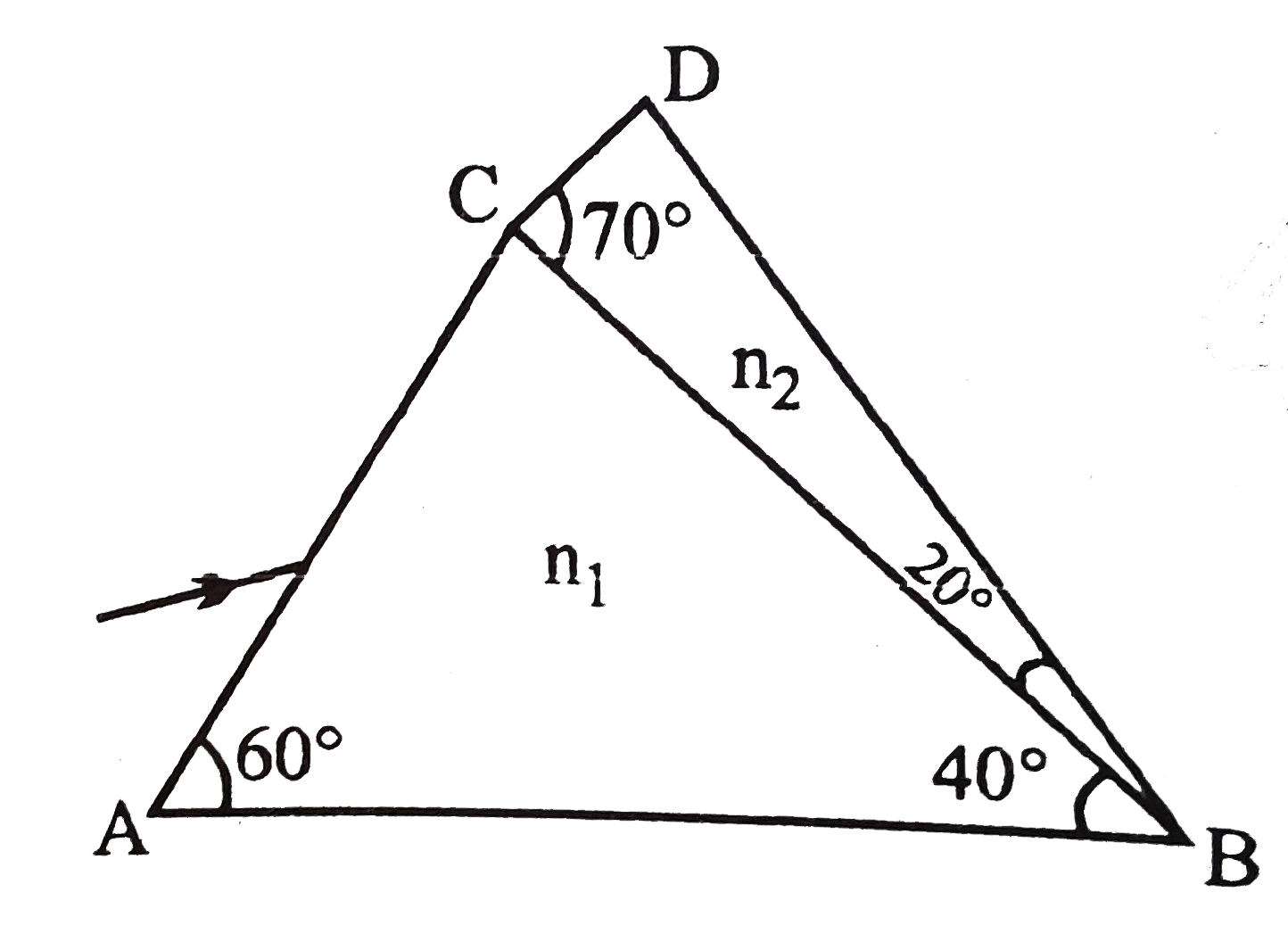
(i)Calculate the wavelength λ0for which rays incident at any angle on the interfaceBCpass through without bending at that interface.
(ii) for light of wavelength λ0,find the angle of incidencei on faceACsuch that the deviation produced by the combination of prism is minimum.
View SolutionThe current in conductor varies with time t as I=2t+3t2 where I is in ampere and t in seconds. Electric charge flowing through a section of the conductor during t=2sec to t=3sec is
View SolutionThe current in a conductor varies with time t as I=3t+4t2 Where I in amp and t in sec. The electric charge flows through the section of the conductor between t=1s and t=3s
View SolutionThe current in a conductor varies with time t as I=2-0.02t ampers. The electric charge that passes from t=0 to t=100 sec is
View SolutionThe current in a wire varies with time according to the equation I = 4 + 2t where I is in ampere and t is in sec. Calculate the quantity of charge which has passed through a cross-section of the wire during the time t = 2 sec. To t = 6 sec.
View SolutionThe current l through a given cross -section varies with time t as I = 3+ 2i , where l is in ampere and t is in second. The charge passed through this cross-section dring t=0 to t=2 s is
View SolutionThe current in a conductor varies with time t as I=2t+3t2, where I is in ampere and t in second. Electric charge flowing through a section of the conductor during t=3 s and t=3 s is
View SolutionElectric current through a conductor varies with time as I(t)=50sin(100πt) .Hence I is in ampere and t in seconds.Total charge that passes any point from t=0 to t=1200S is
View Solutionएक चालक में धारा I समय t के साथ I=2t+3t2 के अनुसार परिवर्तन होती है जहाँ I ऐम्पियरों में है और t सेकण्डों में। समय t=2s से t=3s के दौरान चालक के किसी भाग में बहने वाला विद्युत आवेश है
View Solutionएक चालक में बहता आवेश समय t के साथ Q=at−bt2 के अनुसार बदलता है। धारा
View Solutionकिसी चालक में धारा समय के सापेक्ष I=2t+3t2 एम्पियर के अनुसार बदलती है। जहाँ I एम्पियर में व t सेकण्ड में है। चालक के किसी भाग से समयान्तर t=2 सेकण्ड से t=3 सेकण्ड में प्रवाहित कुल आवेश होगा :-
View SolutionElectric current through a conductor varies with time as I(t)=50sin(100πt). Here I is in amperes and t in seconds. Total charge that passes any point from t=0 to t=1200s is
View Solution
